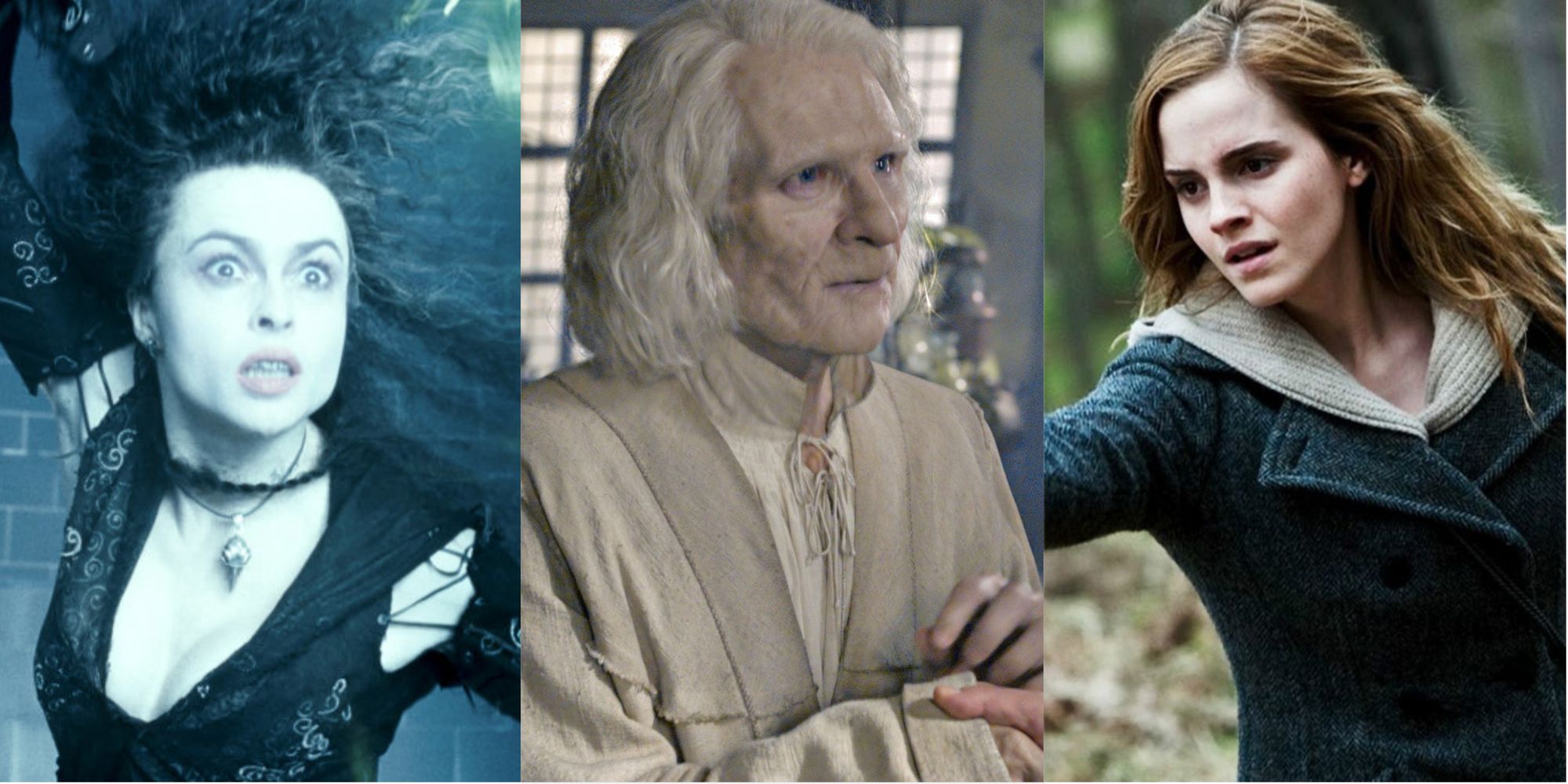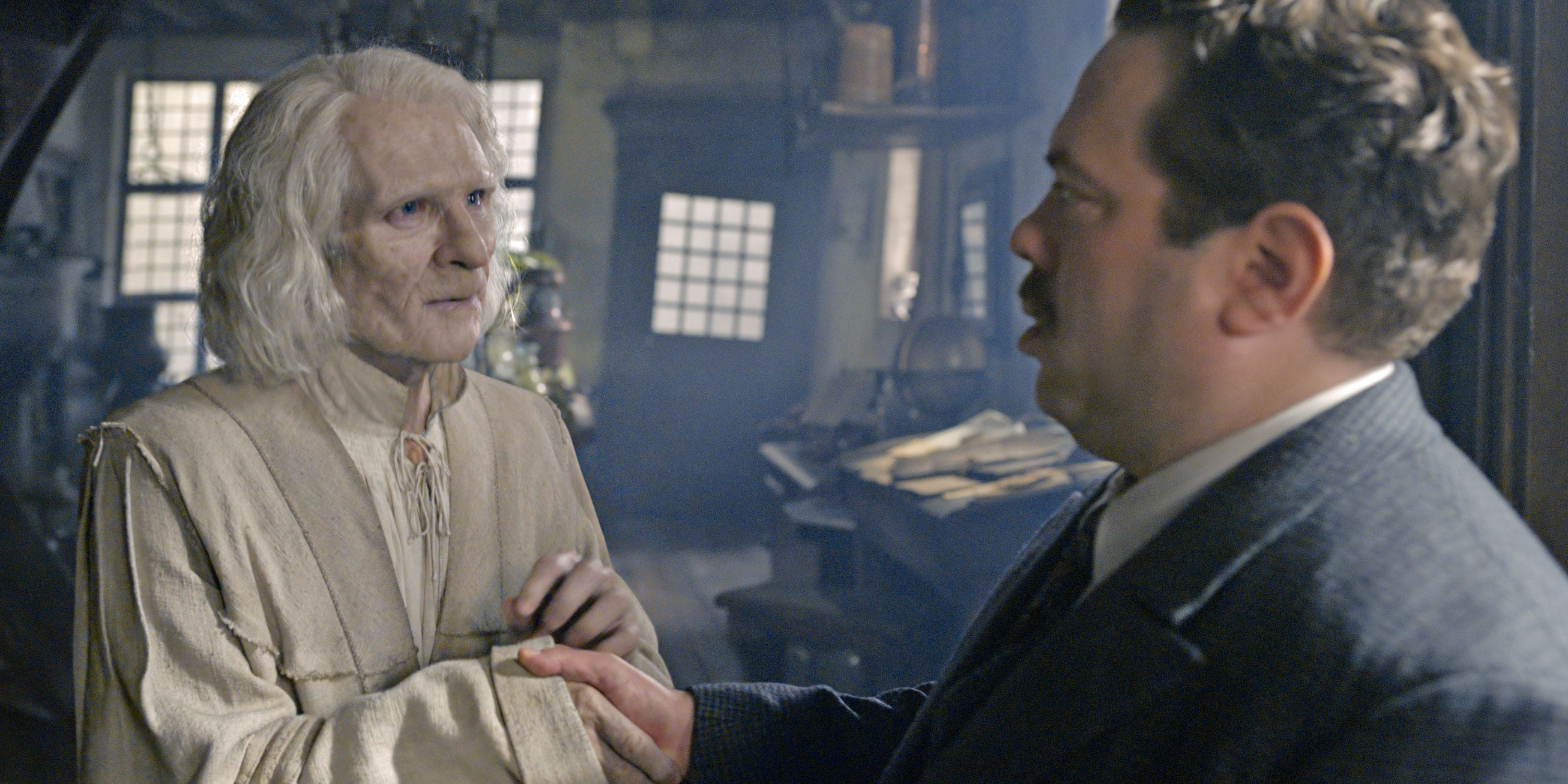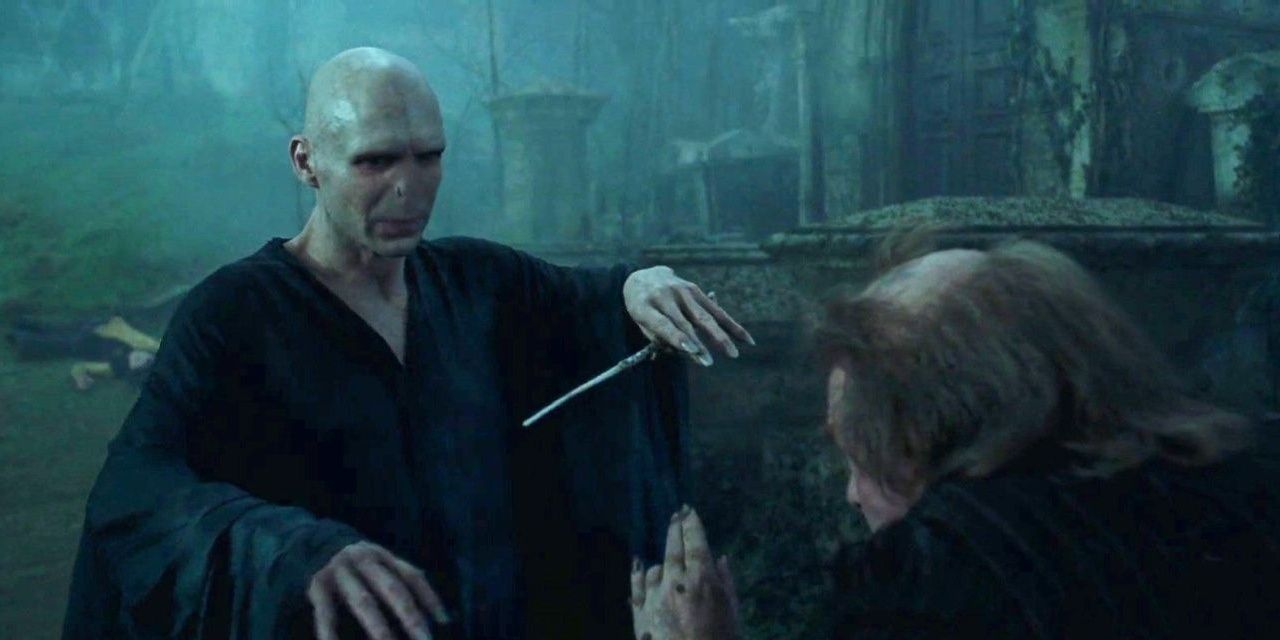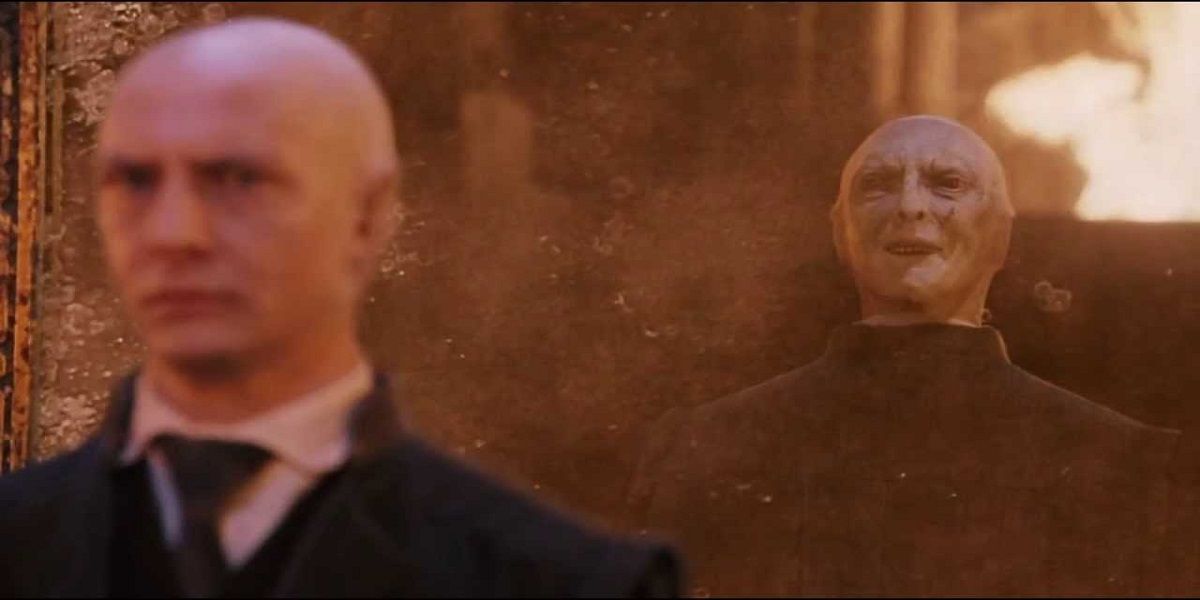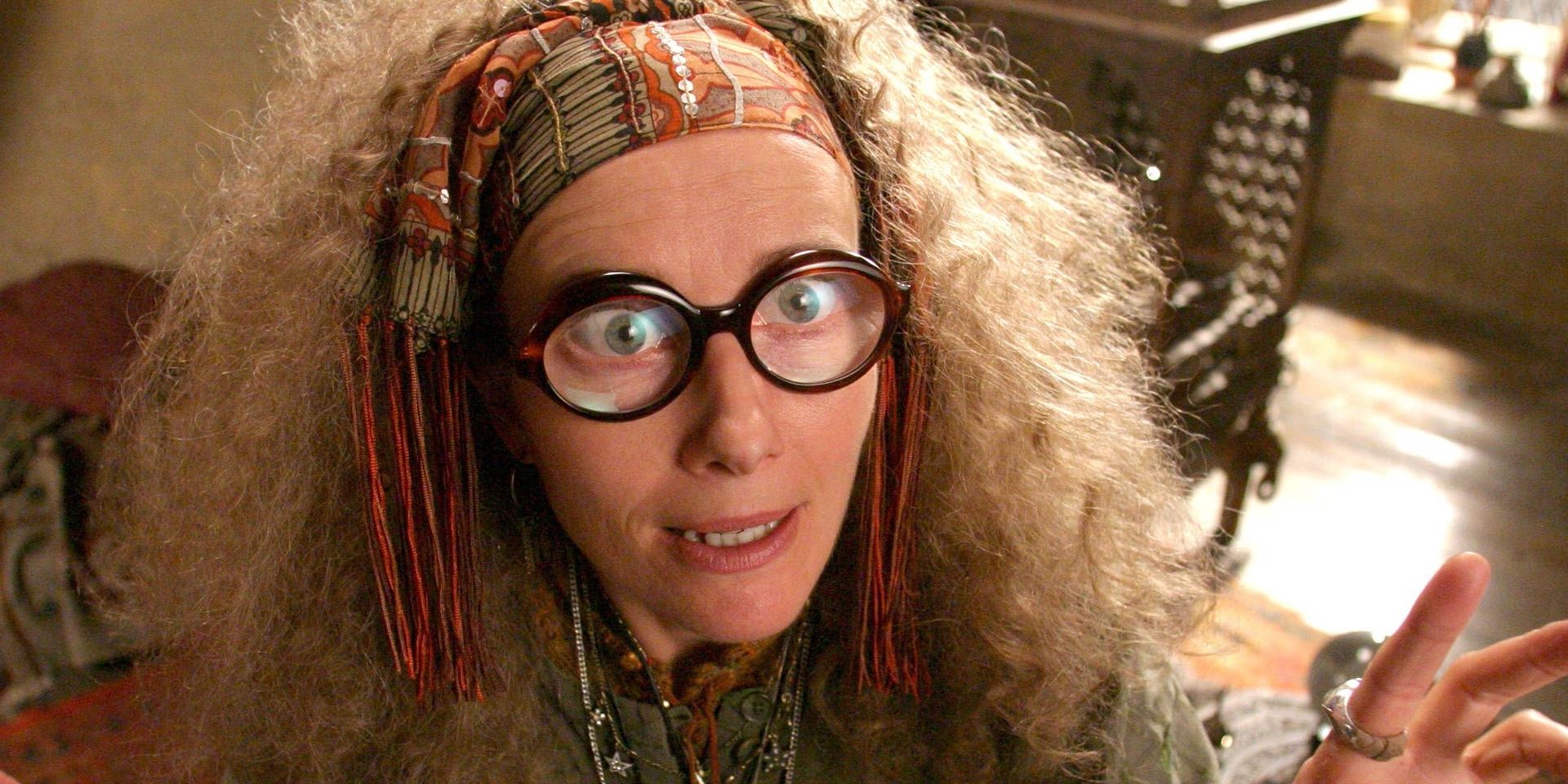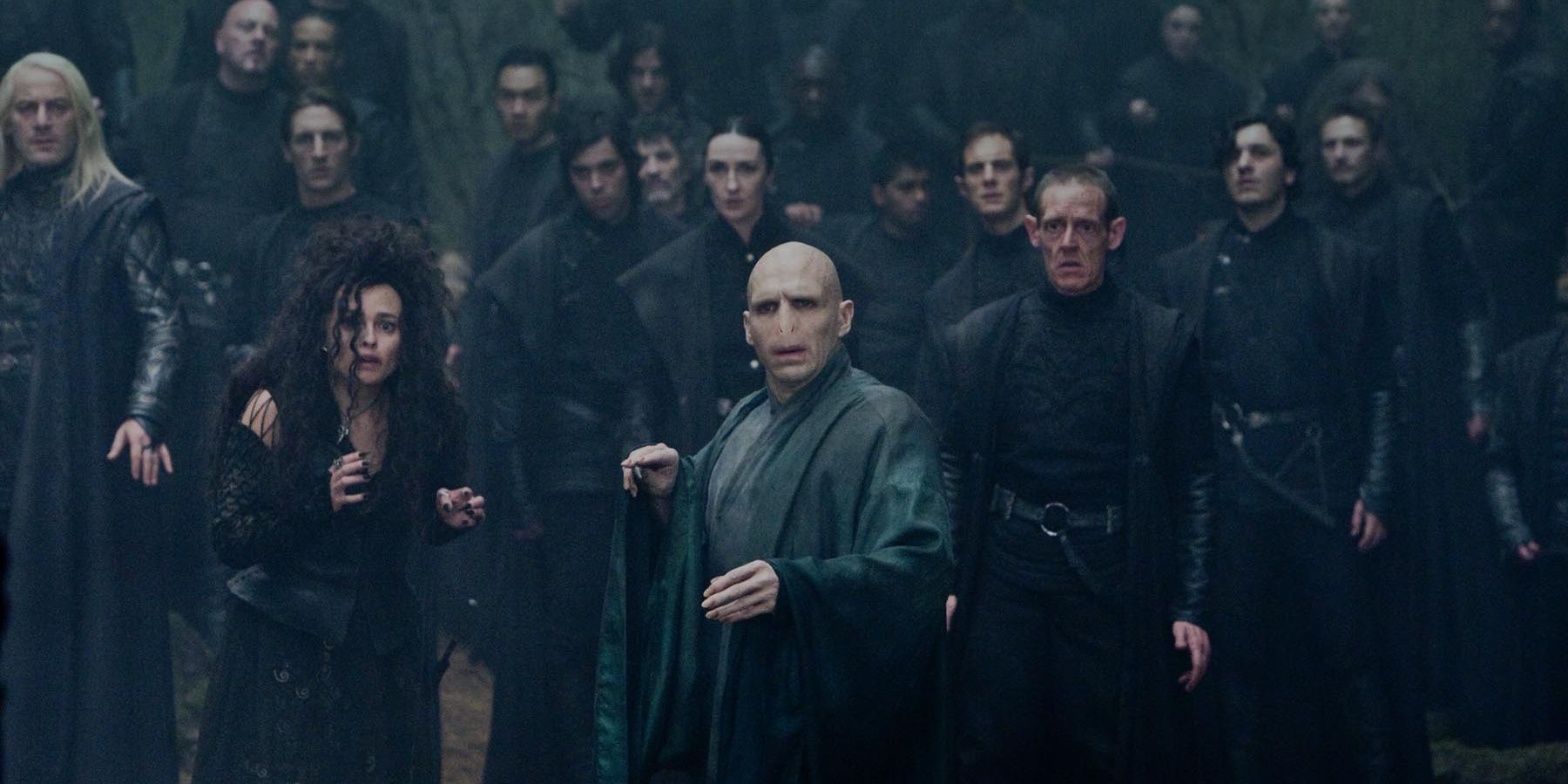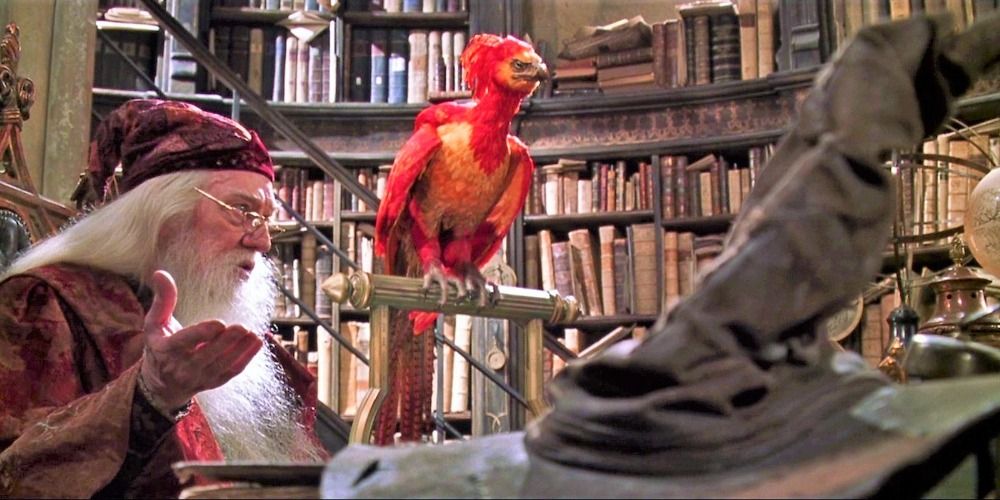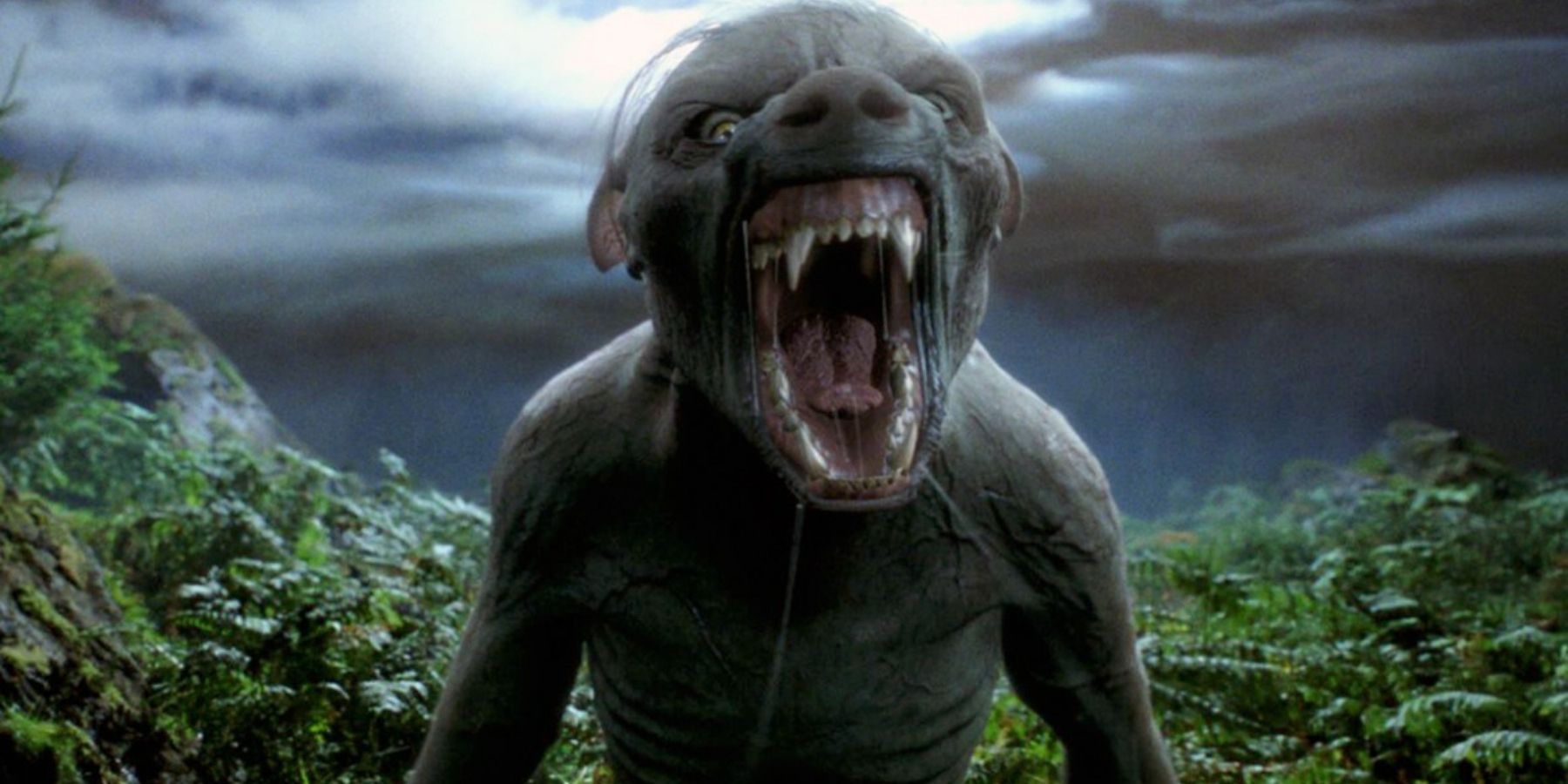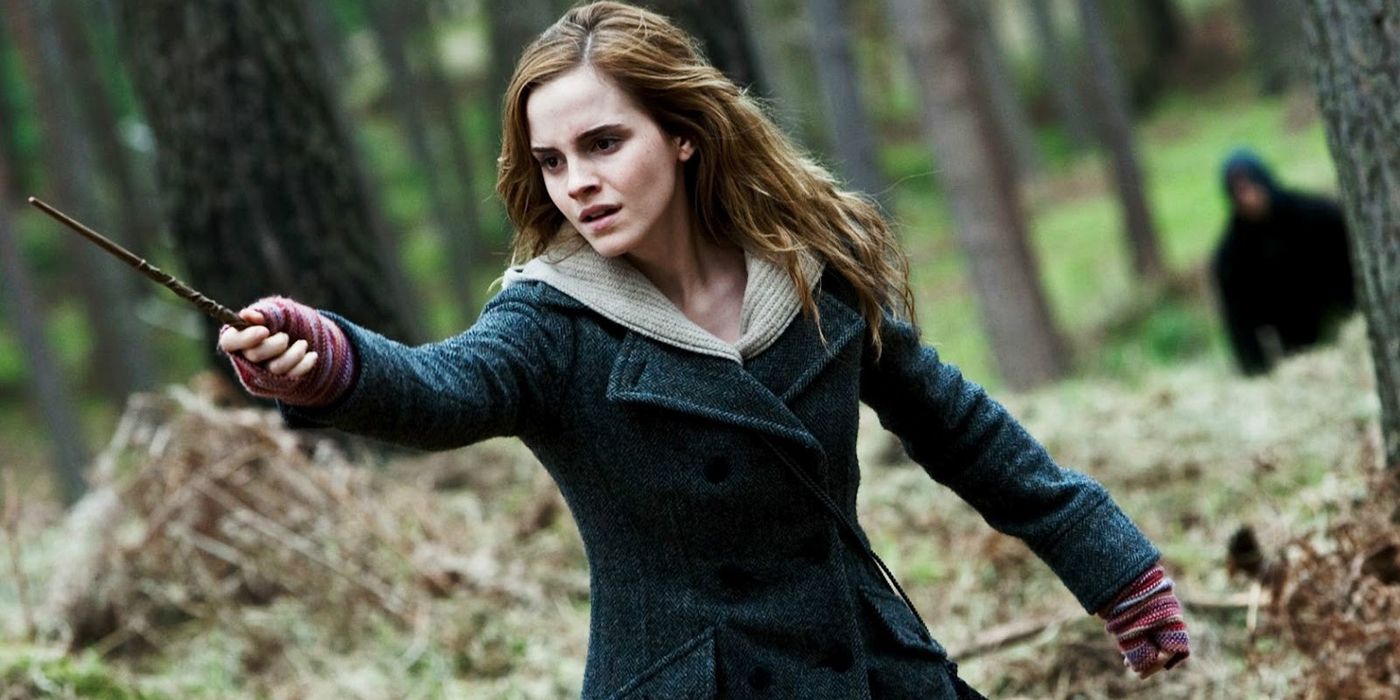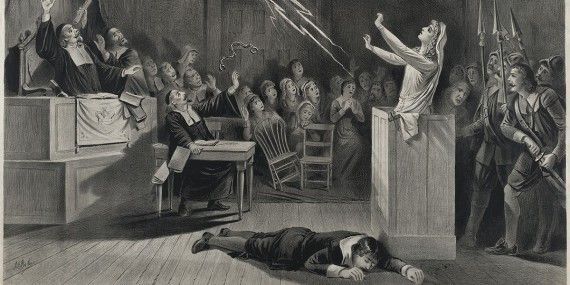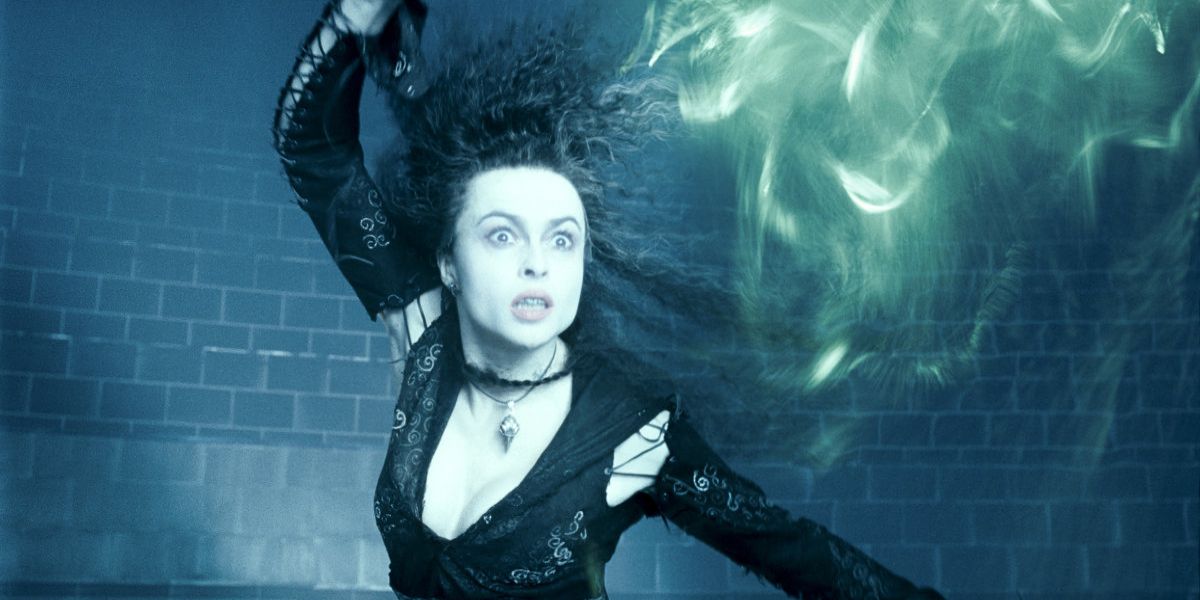Though the critics may not have found it magical, fans are still raving about the release of Fantastic Beasts: The Secrets of Dumbledore, as evidenced by its solid Audience Rotten Tomatoes score. The carefully crafted world of magic and mystery that J.K Rowling has presented will never fail to entertain and bring audiences back for more. The real-life lessons of loyalty, trust, unity, and friendship are the tip of the iceberg regarding the learning material found in the novels.
J.K Rowling derived a significant portion of her characters and plots from historical examples and people. The number of references and cultural connections that are made in the books and films could amount to a novel in itself. What makes Harry Potter such an influential and all-encompassing narrative is the unlimited layers that the author presented so that readers are always learning more.
Nicolas Flamel Was A Real-Life French Scribe
A well-known fact is that Nicolas Flamel was an actual man and legend from the 17th century. He made a humble living as an ancient librarian by scribing books and manuscripts for his town. People suspected him of experimenting with alchemy and discovering the way to create the philosopher's stone which gave him an immortal legacy, per the Wizarding World.
He is referenced in the first book, Harry Potter and the Philosopher's Stone, as Dumbledore's close and immortal acquaintance. Flamel's stone fuels the narrative with desperate attempts on the protagonist role's to keep the stone from Voldemort. Flamel then appears again in Fantastic Beasts: The Crimes of Grindewald as an influential character.
Voldemort Or Oedipus?
Throughout the movies and books, Voldemort provided quotes and context that illustrated his character and horrific past. He is known to have murdered his father due to him being a muggle and went on to a life of self-imposed "lordship". J.K Rowling cleverly snuck in some significant connections to the tale of Oedipus.
Much like Tom Riddle Jr., Oedipus killed his father over a disagreement and left the fight victorious with all the land to reign. Although both of the men had mothers named Merope, Voldemort did not marry his mother like Oedipus. This subtle tie to the well-known story hinted to lovers of literature that Voldemort was doomed for failure.
Quirrell In Ancient Rome
Professor Quirrell starred in the first book as a devoted servant of Voldemort. He was two-faced both literally and figuratively in his temperament and shocking ability to house the Dark Lord on the back of his head. Quirrell's capacity to manipulate others and keep his true desires and character a secret disclosed his nature.
His character is a reference to the Roman god Janus Quirinus who is famous for having two faces. Janus is a trickster known to be the god of doors and beginnings. In ancient lore, he often misleads people in order to achieve his purposes, much like Professor Quirrell.
Sybill Trelawney & Ancient Fortune-Tellers
Professor Sybill Trelawney stands out as one of the quirkiest and most interesting characters in the series who is renowned for her lack of social skills and harrowing prophecies. As it turns out, Sybil is a form of a Greek word that means "prophetess," which hints from the start that she is a powerful witch.
It is also mentioned in the books that Sybill's great-great-grandmother is named Cassandra Trelawney, who was a genuine seer and is likely a reference to the Greek prophetess of myth, Cassandra. Similar to Professor Trelawney, Cassandra was cursed with the ability to see the future with nobody else believing the predictions she shared.
Death Eaters & The IRA
The death eaters brought many questions along with significant depth to the villainy that the Harry Potter series is comprised of. Due to the obvious prejudice between different wizards and muggles, comparisons are often made to the events of WW2. This is just the tip of the iceberg of wickedness that the death eaters are connected to.
The Irish Republican Army was running rampant with terrorist attacks in an attempt to end British rule in Ireland all the way up to 2005. During this period while Rowling was writing the books, they made a series of bombings that can clearly be compared to the destruction of the bridge in Harry Potter and the Half-Blood Prince. There are also similarities between the black hoods with eye slits the Death Eaters wear in the books and the black ski masks famously worn by the IRA.
The Phoenix Fawkes Is Named After Guy Fawkes
Yet another historical name reference is Dumbledore's phoenix, Fawkes. In the books, Fawkes has impressive magical abilities that include healing tears, super strength, and the ability to be reborn from the ashes of his own cremation. His namesake also has a link to fire.
Guy Fawkes is the inspiration for the British holiday "Bonfire Night." In an attempt to end Protestant Rule in England, Fawkes attempted to blow up the house of Parliament to kill the King and his representatives. Like the holiday, the beloved phoenix in Harry Potter is a symbol of celebrating rebirth and life, though Fawks certainly takes a more peaceful approach.
Foreshadowing Of Werewolves
Remus Lupin, who is one of the most cherished characters among fans of the Harry Potter franchise is also named after a boy in Roman mythology, Remus, who was raised by a she-wolf. His character is illustrated in the books as Lupin quotes the struggles and grief that being a werewolf brought into his life.
Fenrir Greyback is another iconic werewolf in the series, who encapsulates terror and evil in every appearance. His character is a nod to ancient Norse mythology where there is a giant wolf named Fenrir. Similar to Greyback, the wolf represents evil and preys on innocents.
Hermione's Petrified Namesake
Hermione is a very unique name that is most commonly seen in the Shakespeare play, The Winter's Tale. In the play, the queen that had previously died is brought back to life from a statue of stone made in her honor. In a tale of love and sacrifice, Queen Hermione is restored to those she cares about most.
Hermione Granger similarly re-enacted this dramatic occurrence in Harry Potter and the Chamber of Secrets. After being petrified, she is miraculously brought back to life safe and sound thanks to the work of her friends' dedication to rescue her. Like her namesake, and naturally, as one of the most powerful wizards, Hermione came back into the narrative in style.
The Salem Witch Trials
Highly referenced in the Harry Potter prequel, Fantastic Beasts and Where to Find Them, is the occurrence of the discrimination that muggles had against wizards. A famous part of American history is the Salem Witch Trials where 25 people were murdered due to alleged witchcraft.
The historical prominence of prejudice against witchcraft or anything that humans cannot understand fueled the impact and mission of Fantastic Beasts. In fact, the real, historical witch trials in Salem also occurred in the Potter universe and acted as a major influence on wizarding families not coming to the New World (per the Wizarding World).
The Black Sisters & The Mitford Sisters
The Black sisters were infamous for their loyalty and determination to serve their loved ones, regardless of how twisted and evil they became. With the exception of Sirius, Regulus, and Andromeda, the Black family was notorious for dark arts and prejudiced beliefs toward the rest of the world.
Narcissa and Bellatrix may have been patterned after the Mitford Sisters, who were known nazi-devotees. They sacrificed everything they had to start a new life cozying up to sworn fascists. Bellatrix in particular is comparable to Unity Mitford, who was openly in love with Hitler.

